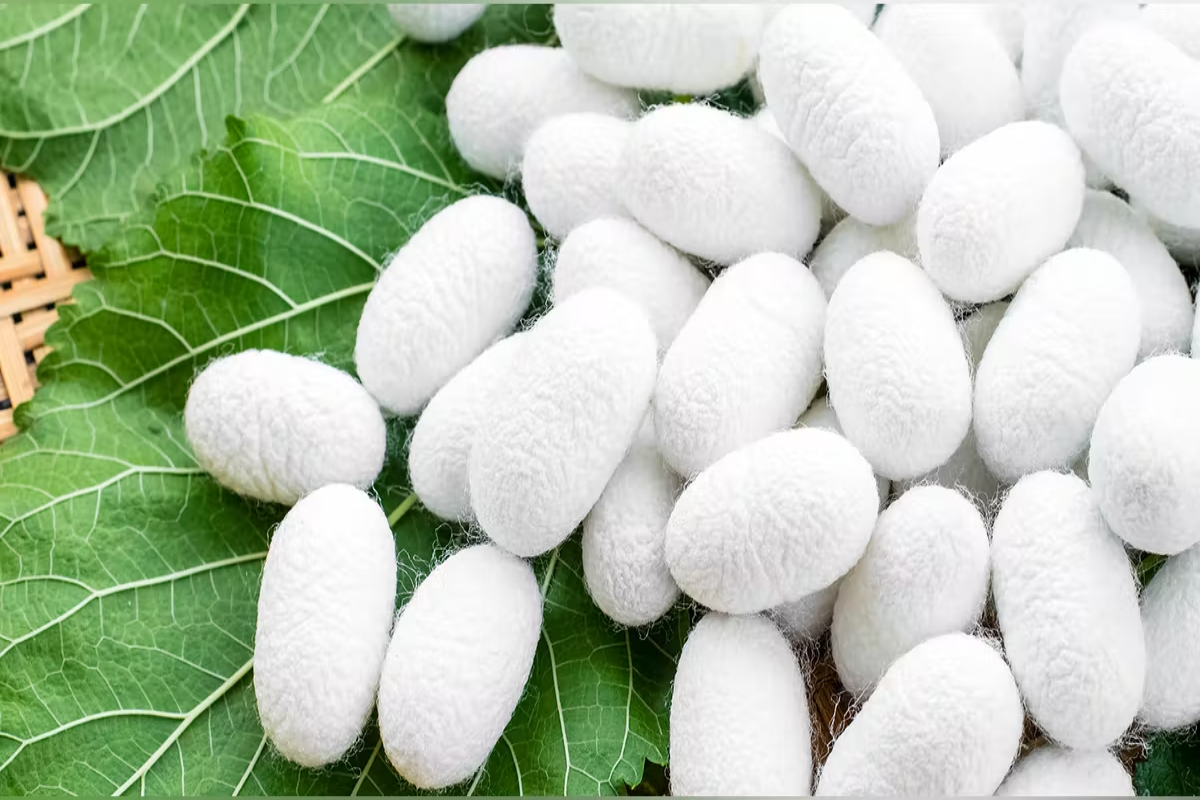Researchers at the Massachusetts Institute of Technology (MIT) in the US have developed a biodegradable system based on silk to replace harmful microplastics added to agricultural products, paints, and cosmetics.
Microplastics, tiny particles of plastic that are now found worldwide in the air, water, and soil, are increasingly recognised as a serious pollution threat, and have been found in the bloodstream of animals and people around the world.
Advertisement
Unlike the high-quality silk threads used for fine fabrics, the silk protein used in the new alternative material is widely available and less expensive.
While silkworm cocoons must be painstakingly unwound to produce the fine threads needed for fabric, for this use, non-textile-quality cocoons can be used, and the silk fibres can simply be dissolved using a scalable water-based process.
The processing is so simple and tunable that the resulting material can be adapted to work on existing manufacturing equipment, potentially providing a simple “drop in” solution using existing factories, the team described in a paper in the journal ‘Small’.
“We cannot solve the whole microplastics problem with one solution that fits them all. Ten per cent of a big number is still a big number. We’ll solve climate change and pollution of the world one percent at a time,” said Benedetto Marelli, MIT professor of civil and environmental engineering.
Silk is recognised as safe for food or medical use, as it is non-toxic and degrades naturally in the body. In lab tests, the researchers demonstrated that the silk-based coating material could be used in existing, standard spray-based manufacturing equipment to make a standard water-soluble.
Microencapsulated herbicide product was then tested in a greenhouse on a corn crop. The test showed it worked even better than an existing commercial product, inflicting less damage to the plants, said Muchun Liu, doctoral student at MIT.
The secret to making the material compatible with existing equipment, Liu explained, is in the tunability of the silk material.
The material can be hydrophobic (water-repelling) even though it is made and processed in a water solution, or it can be hydrophilic (water-attracting), or anywhere in between, and for a given application it can be made to match the characteristics of the material it is being used to replace.
The new method can make use of low-grade silk that is unusable for fabrics, and large quantities of which are currently discarded because they have no significant uses, Liu said. It can also use used, discarded silk fabric, diverting that material from being disposed of in landfills.











